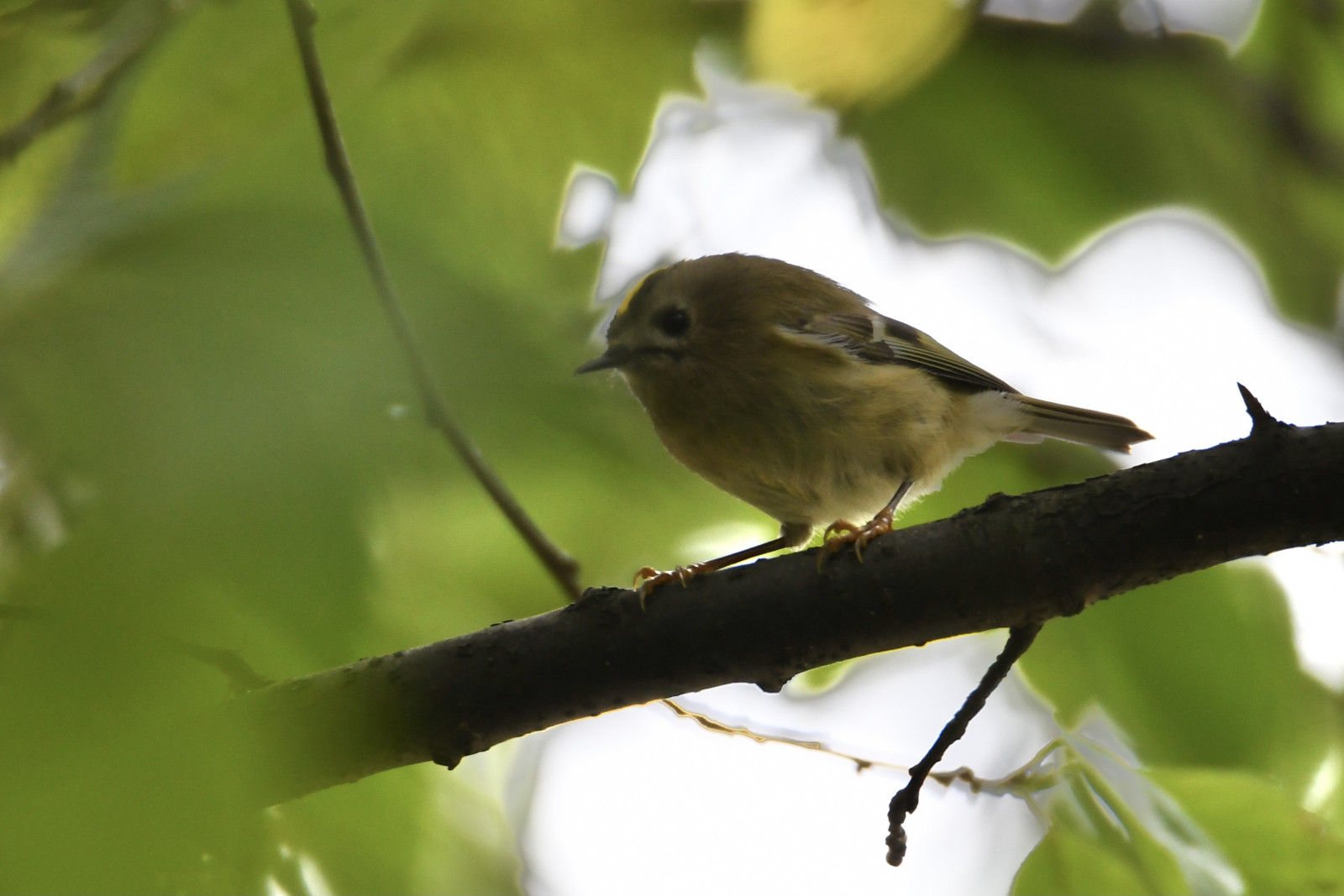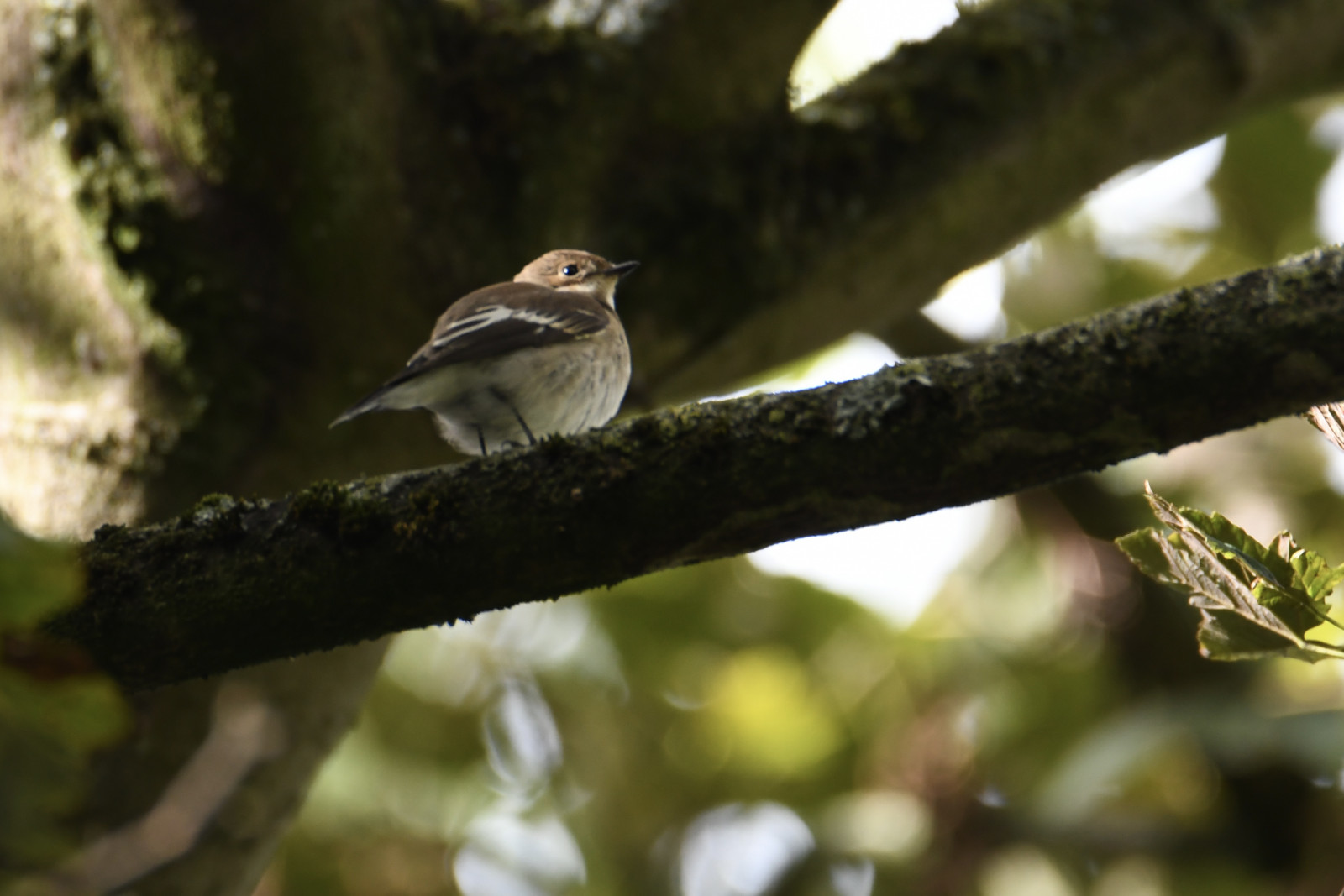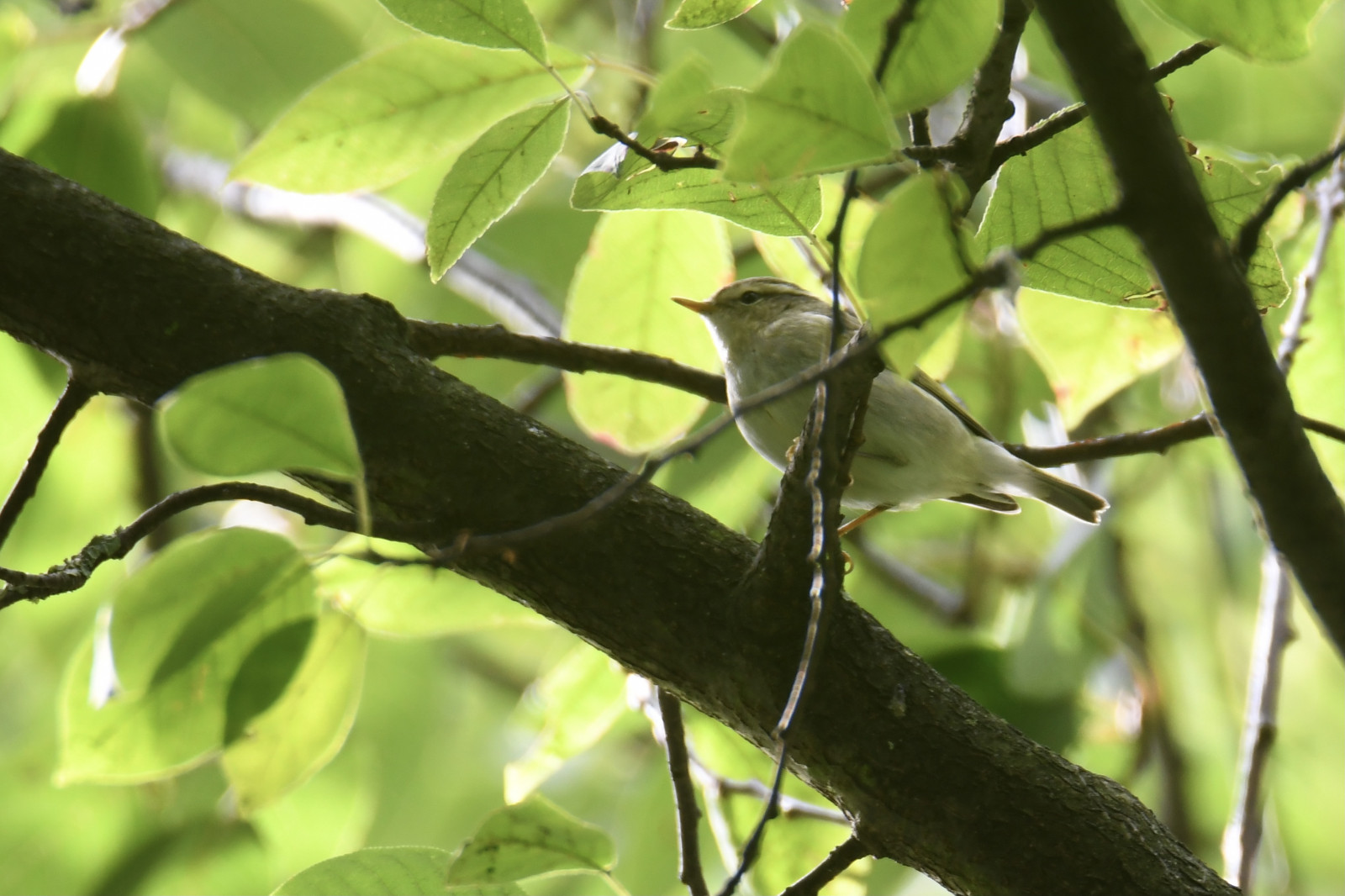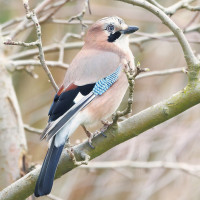Descrizione
Parc Tenbosch is a fairly small place, it is rather dense with bushes and plants, and as the park is crossed by many paths, the birds are used to the human presence. Some of the species that are present all year round in the park are: Cinciarella, Cinciallegra, Codibugnolo, Scricciolo, Pettirosso, 'Passera scopaiola, Picchio rosso maggiore, Picchio verde, Ghiandaia, Cornacchia nera, Gazza, Colombaccio, Regolo, Fiorrancino, Rampichino comune, Picchio muratore, Merlo, Tordo bottaccio, Verdone (this one is rarer) and Fringuello. In winter, summer/spring and during migratory periods other species may be observed.
_________________________
Français: Petit parc au milieu de Bruxelles avec une grande diversité de plantes (densité de buissons et arbres) et une petite mare. Comme c'est un endroit assez petit, c'est plutôt dense en buissons et plantes, et comme le parc est traversé par de nombreux chemins, les oiseaux sont habitués a la présence humaine. Quelques unes des espèces présentes toute l'année dans le parc sont: la Cinciarella, la Cinciallegra, la Codibugnolo, le Scricciolo, le Pettirosso, l' Passera scopaiola, le Picchio rosso maggiore, le Picchio verde, le Ghiandaia, la Cornacchia nera, la Gazza, le Colombaccio, le Regolo, le Fiorrancino, le Rampichino comune, la Picchio muratore, le Merlo, la Tordo bottaccio, le Verdone (celui ci est plus rare) et le Fringuello. En hiver, été/printemps et pendant les périodes migratoires d'autres espèces pourront entré observés.
Dettagli
Accesso
For public transport, the lines closest to the park are line 60 (Washington stop), line 81 (Bailli stop), line 38 (Van Eyck stop) or line 7 (Bascule stop). From these stops you will have to walk a few minutes before arriving at the park. For parking spaces in the streets are rare, so not recommended to go there by car.
_________________________
Français: Pour les transport en commun, les lignes qui vous approchent le plus du parc sont la ligne 60 (arrêt Washington), la ligne 81 (arrêt Bailli), la ligne 38 (arrêt Van Eyck) ou la ligne 7 (arrêt Bascule). Depuis ces arrêts vous devrez marcher quelques minutes avant d'arriver au parc. Pour se garer les places dans les rues sont rares, donc déconseillé de s'y rendre en voiture.
Terreno e habitat
Alberi e cespugli sparsi , Città/paeseCaratteristiche dell’area
CollinosoPercorso ad anello
SiÈ utile un cannocchiale?
Può essere utileBuona stagione per il BW
Tutto l'annoMiglior periodo per visitare
Primavera , Migrazione autunnalePercorso
Sentiero strettoGrado di difficoltà del percorso a piedi
FacileModalità di accesso
A piedi , Sedia a rotelleCapanno/torretta di osservazione
NoInformazioni aggiuntive
In winter, Peppola and Lucherino will surely fly over the park (maybe they will land, who knows) and Tordo sassello can be observed searching for food, especially on the ground. In spring and summer, the Capinera and the Luì piccolo will be heard and if you look carefully you will have no problem seeing them.
Sometimes you can even see the Sparviere chasing small sparrows or small pigeons, and the Poiana flying over the park. Finally, during migration periods (March-April and August-September-November) Pispola and Allodola will fly over the park, while the Balia nera will gladly make a stopover on the site and the Luì grosso more rarely. Curiously, the Luì forestiero was seen migrating for several days in the park in early September 2019 and 2020 on the same date!
_________________________
Français: En hiver des Peppola et des Lucherino passeront surement en vol au dessus du parc (peut-être se poseront ils, qui sait) et des grives mauvis pourront êtres observés recherchant de la nourriture, notamment au sol. Au printemps et en été, la Capinera et le Luì piccolo se feront entendre et si vous cherchez bien vous n'aurez pas de problèmes pour les voir.
Des fois on peut même observer l' Sparviere en train de chasser des petits passereaux ou petits pigeons, et la Poiana en vol au dessus du parc. Finalement, en périodes de migration (mars-avril et aout-septembre-novembre) des Pispola et Allodola passeront en vol au dessus du parc, alors que le Balia nera fera volontiers une halte sur le site et le Luì grosso plus rarement. Curieusement, le Luì forestiero a été vu en halte migratoire pendant plusieurs jours dans la parc début septembre 2019 et 2020 a la même date !




